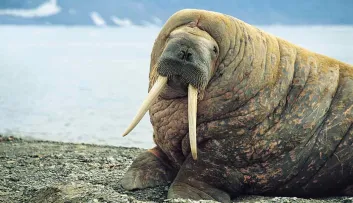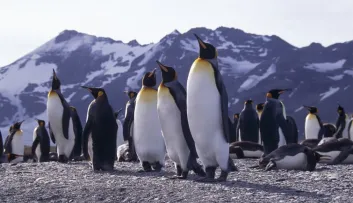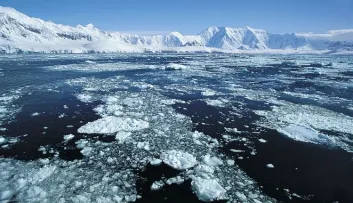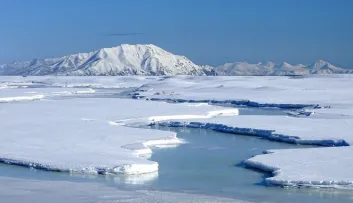Biodiversity Poles 4mn
How can the endangered polar bear be saved?
The polar bear is the largest carnivore in the world, just as much at home on the ice floes as in the water.
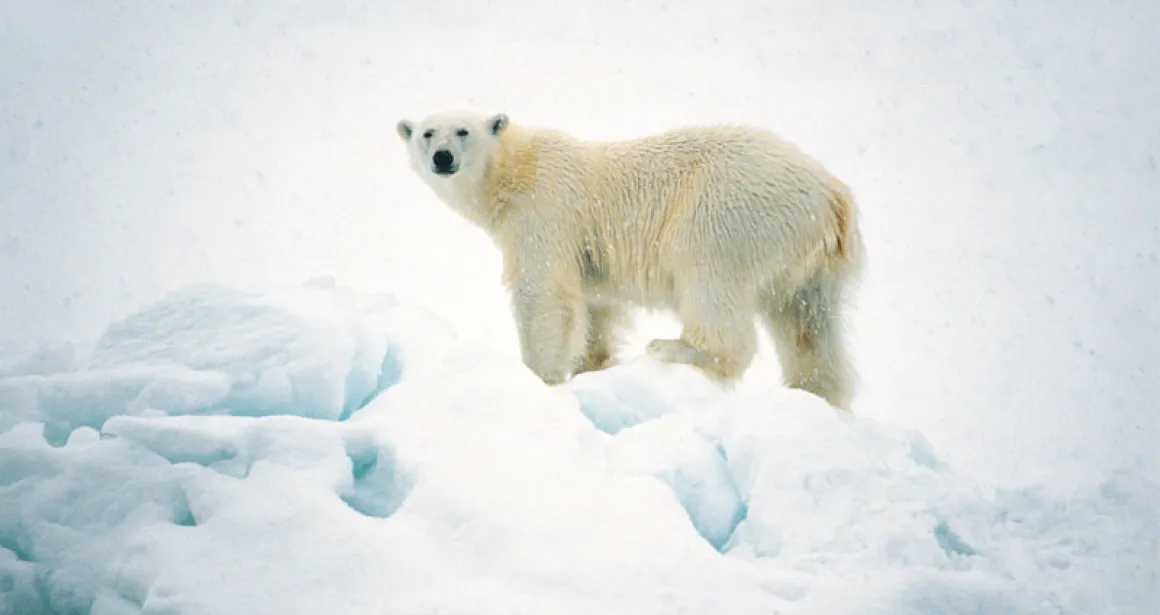
Marine mammal or terrestrial mammal?
Its scientific name is Ursus maritimus, which literally means sea bear!
It is the largest carnivore in the world, just as much at home on the ice floes as in the water.
It can measure up to 1.50 m at the withers and 2 m to 2.50 m in length. Males are larger and weigh between 300 and 500 kilos.
Where does the polar bear live?
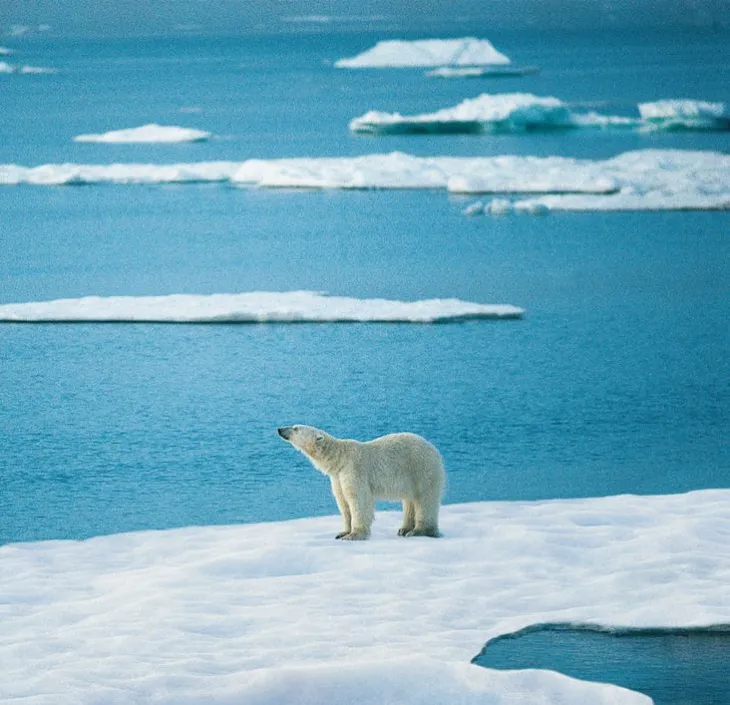
The polar bear is found in Canada, Greenland, Norway, Russia and Alaska.
The polar bear lives in the Arctic regions, i.e. in the regions surrounding the Earth's North Pole, in and around the Arctic Circle.
Therefore, it cannot to cross paths with penguins, which live in the southern hemisphere.
What threats are there to the polar bear?
Climate change and the melting ice pack
Classified as a vulnerable species by the IUCN, the polar bear is suffering the consequences of climate change, which are happening twice as fast in the Arctic.
As such, the melting of the ice pack in summer, which barely regenerates in winter, is shrinking the surface area of its habitat and the territory where it can hunt seals, the basis of the polar bear's diet.
If the ice sheets move away from each other, the holes in the water become larger and allow the seals to get away from the bears. Without this food supply, which provides essential fats, the bear has difficulty surviving during periods of fasting when the ice pack melts in summer.
In fact, the bears store fat from March to June by eating up to 40 kg of food per day - which can yield up to 26 cm of fat under the skin!
Therefore, the melting of the ice pack has consequences on the polar bear's habitat, access to food, reproduction, birth and therefore, the survival of the species.
Learn more about climate change with the In the Eye of the Climate exhibition.
Reproduction
Mating takes place in spring, but gestation does not begin until autumn when the female has returned to her den.
The cubs are born in winter. They are suckled by their mother who does not eat during this period.
This is why females also need a substantial amount of fat to feed their young throughout the winter months.
The cubs discover the outside world in the spring. They will have access to other food in milder weather conditions.
Pollution is another threat
At the top of the food chain, the polar bear absorbs toxic substances such as mercury that are concentrated in its diet.
It suffers both from pollution from local mining and oil operations and from pollutants that circulate in the ocean.
A familiar predator? Yes, Man
On the 15th of November 1973, an "Agreement on the Conservation of Polar Bears" was adopted in Oslo, which protects the polar bear and its habitat. It was signed by the countries where polar bear populations are found, namely the United States, Canada, Norway, Denmark (Greenland) and Russia.
Hunting has been banned or restricted, with some exceptions for indigenous populations.
The number of individuals in the wild is estimated at around 25,000. The polar bear is a protected species, but it is still vulnerable.
International Polar Bear Day is on the 27th of February.
In the eye of the climate
Melting ice caps, rising sea levels, hurricanes, fires... a spectacular journey awaits you: 430m2 of floor-to-wall video projections and an immersive sound system to learn about and experience the effects of global warming! Experience maximum immersion to understand the initiatives you can take in your day-to-day routine
